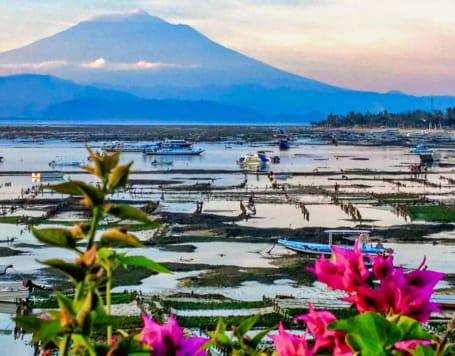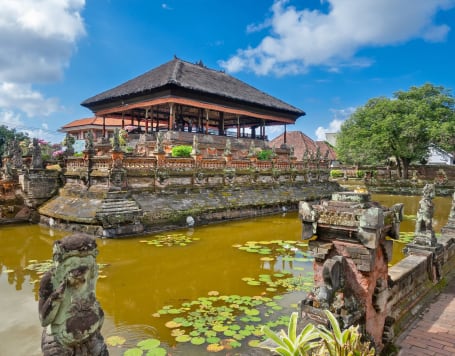Blue Lagoon is a stunning natural attraction located in Nusa Penida, a small island off the southeast coast of Bali, Indonesia. It is renowned for its breathtaking turquoise waters, vibrant coral reefs, and abundant marine life. The Blue Lagoon is a must-visit destination for nature enthusiasts, snorkelers, and divers seeking a mesmerizing underwater experience.
The Blue Lagoon derives its name from the enchanting color of its waters, which range from brilliant shades of blue to green. The crystal-clear visibility allows visitors to observe the diverse marine ecosystem beneath the surface. Snorkeling in the Blue Lagoon is an absolute delight, with the chance to encounter colorful coral formations, tropical fish, sea turtles, and even manta rays.
The underwater world of the Blue Lagoon is teeming with biodiversity. The vibrant coral reefs serve as habitats for a wide variety of marine species, creating a captivating and thriving ecosystem. Snorkelers and divers can immerse themselves in this underwater paradise and witness the beauty of the diverse marine life that calls the Blue Lagoon home.
The area surrounding the Blue Lagoon is also a picturesque sight to behold. Towering limestone cliffs, verdant greenery, and pristine sandy beaches create a striking contrast against the vivid blue waters. Visitors can relax on the shores, soak up the sun, or take in the panoramic views of the ocean.
To reach the Blue Lagoon, one must travel to Nusa Penida from Bali by taking a boat ride from Sanur or Padangbai. Once on the island, there are various options for reaching the Blue Lagoon, including hiring a scooter or taking a guided tour. The journey to the Blue Lagoon may involve navigating some bumpy roads and steep paths, but the reward of experiencing this natural wonder makes it well worth the effort.
It is worth noting that the Blue Lagoon has gained popularity in recent years, and it can get crowded, especially during peak tourist seasons. To enjoy a more serene and secluded experience, it is advisable to visit during weekdays or early in the morning.
Overall, the Blue Lagoon in Nusa Penida, Indonesia, offers visitors an unforgettable opportunity to witness the splendor of nature. With its captivating turquoise waters, vibrant coral reefs, and abundant marine life, it is a haven for snorkelers, divers, and nature enthusiasts alike. The Blue Lagoon is a true gem of Indonesia and continues to awe and inspire all those who are fortunate enough to visit.






















